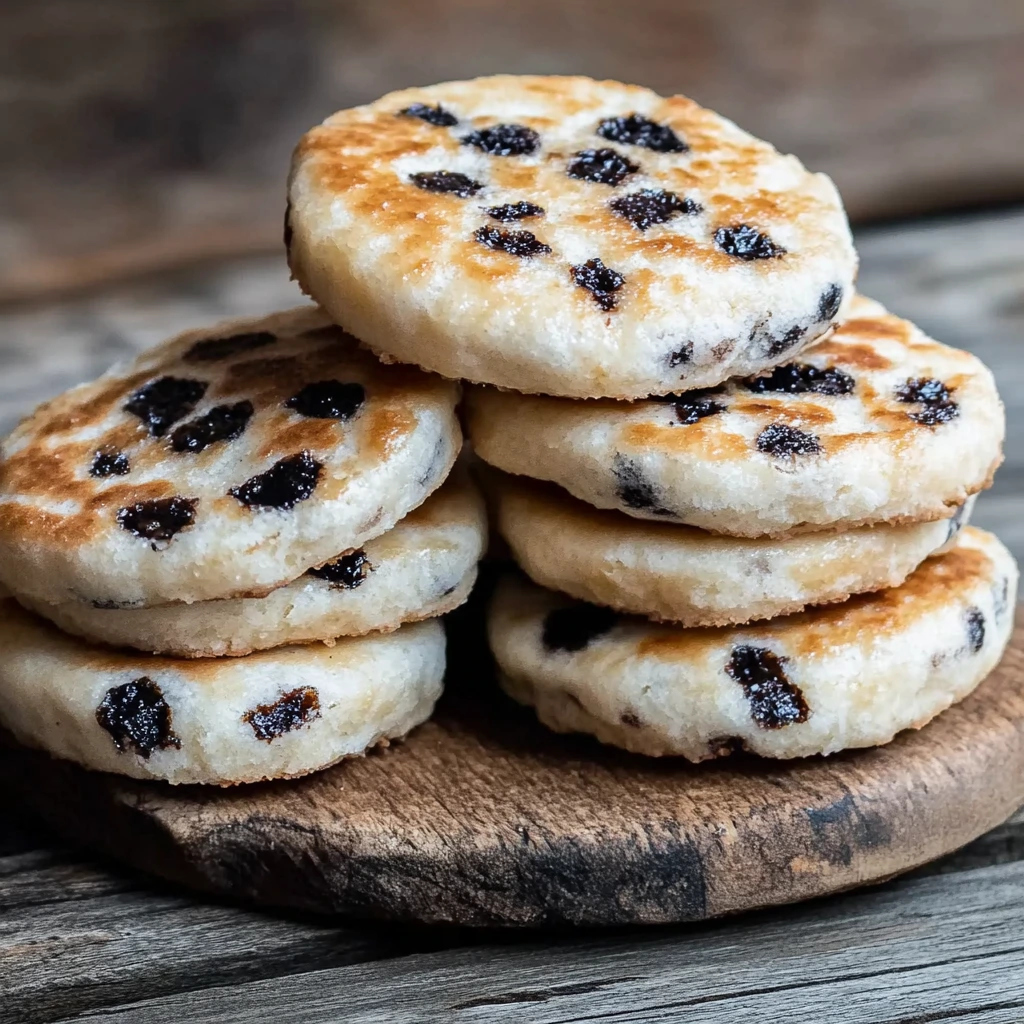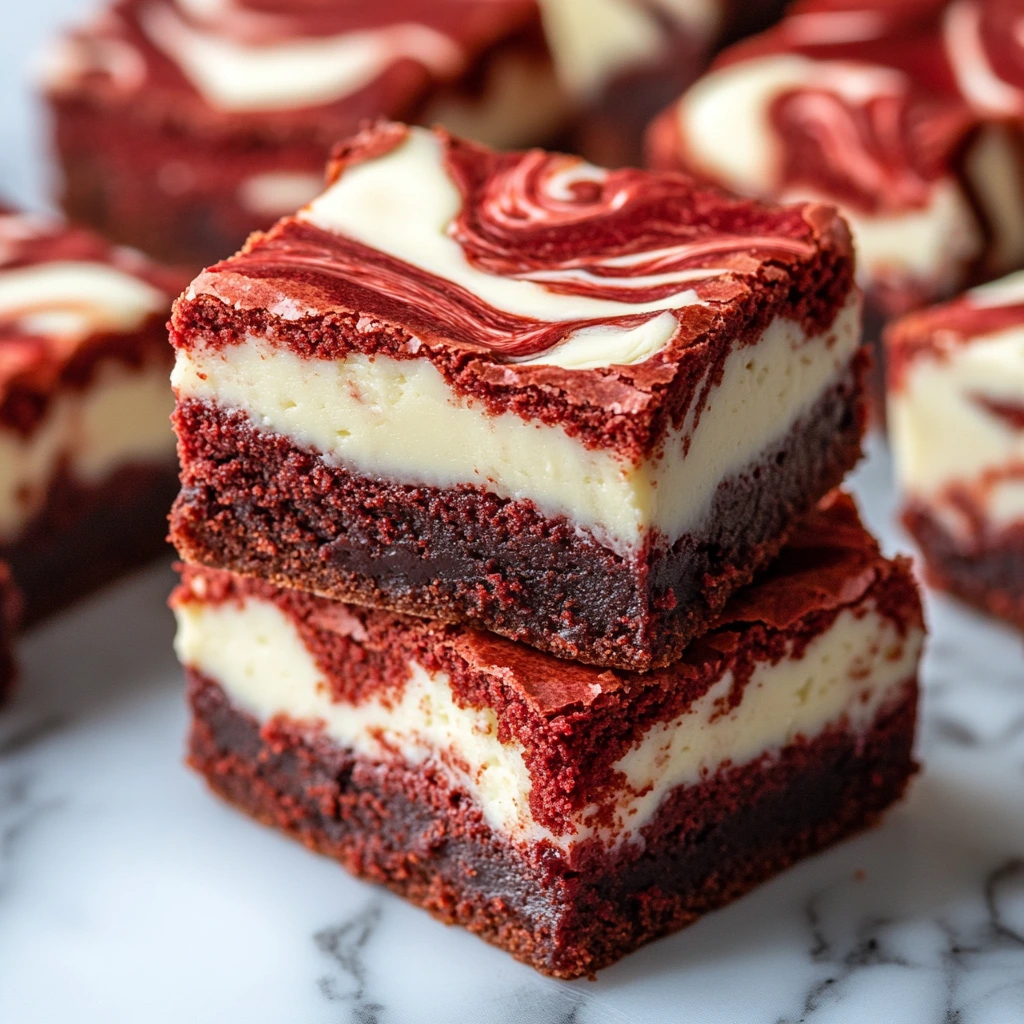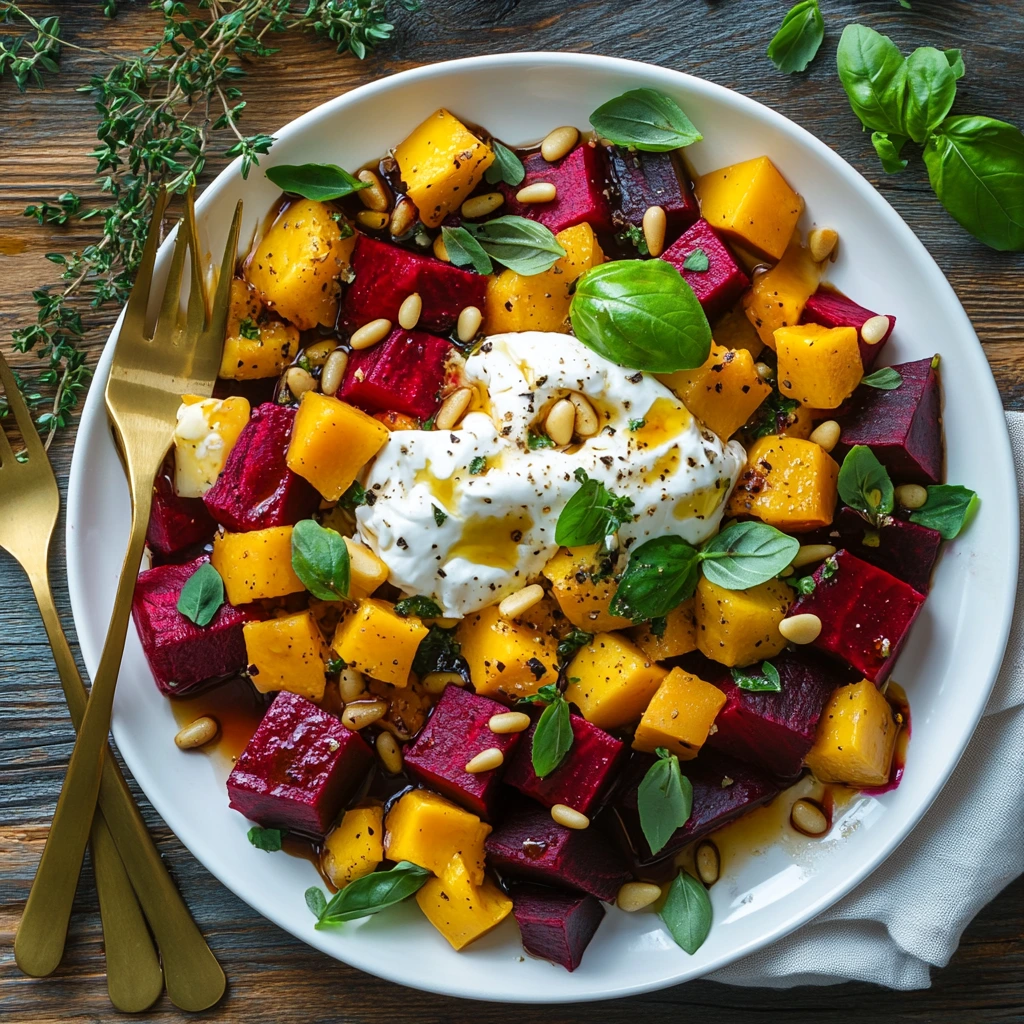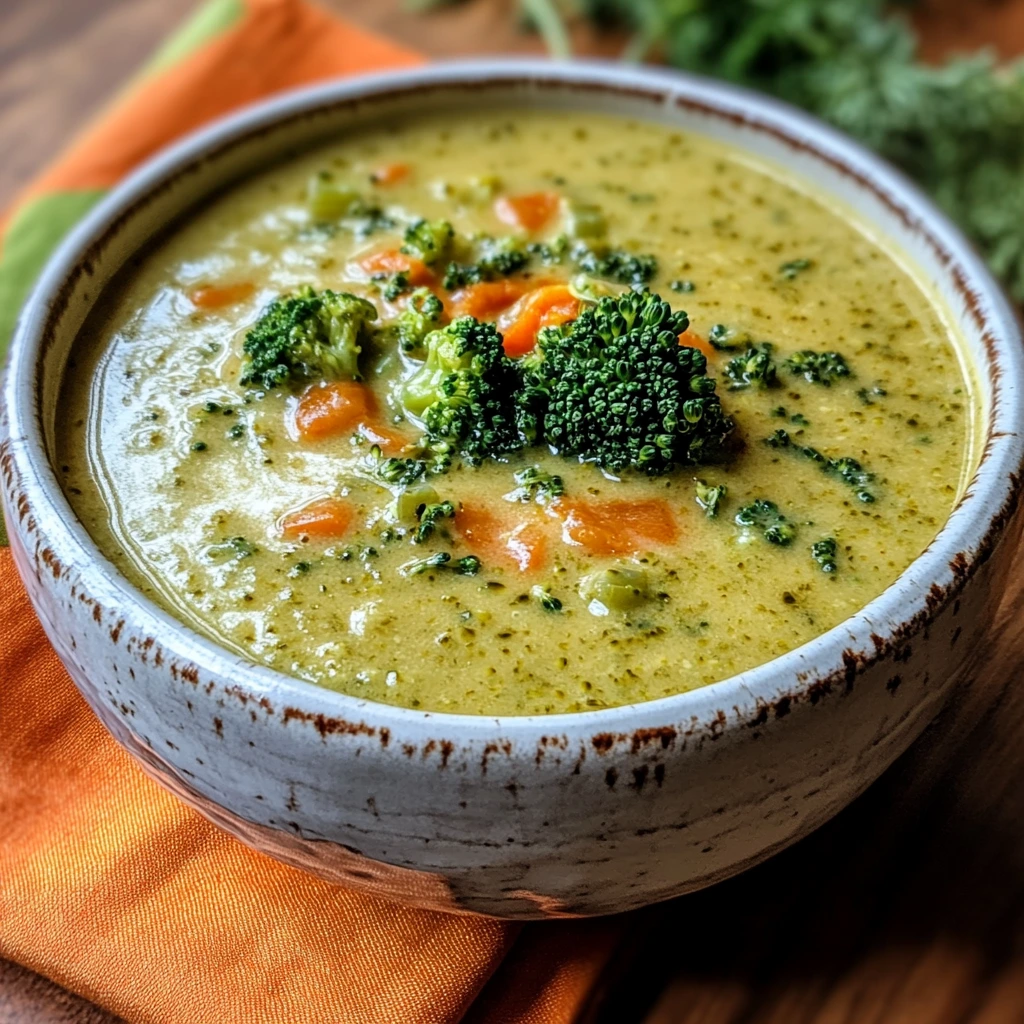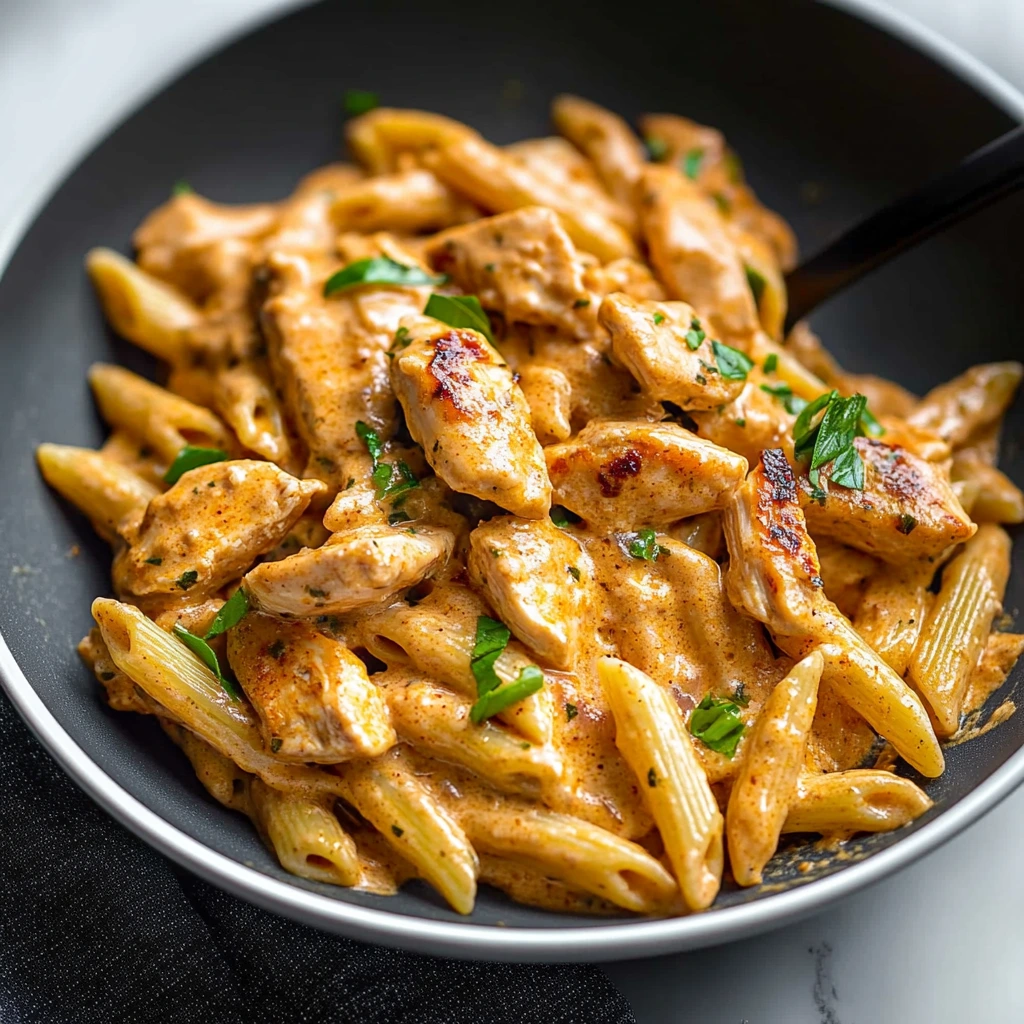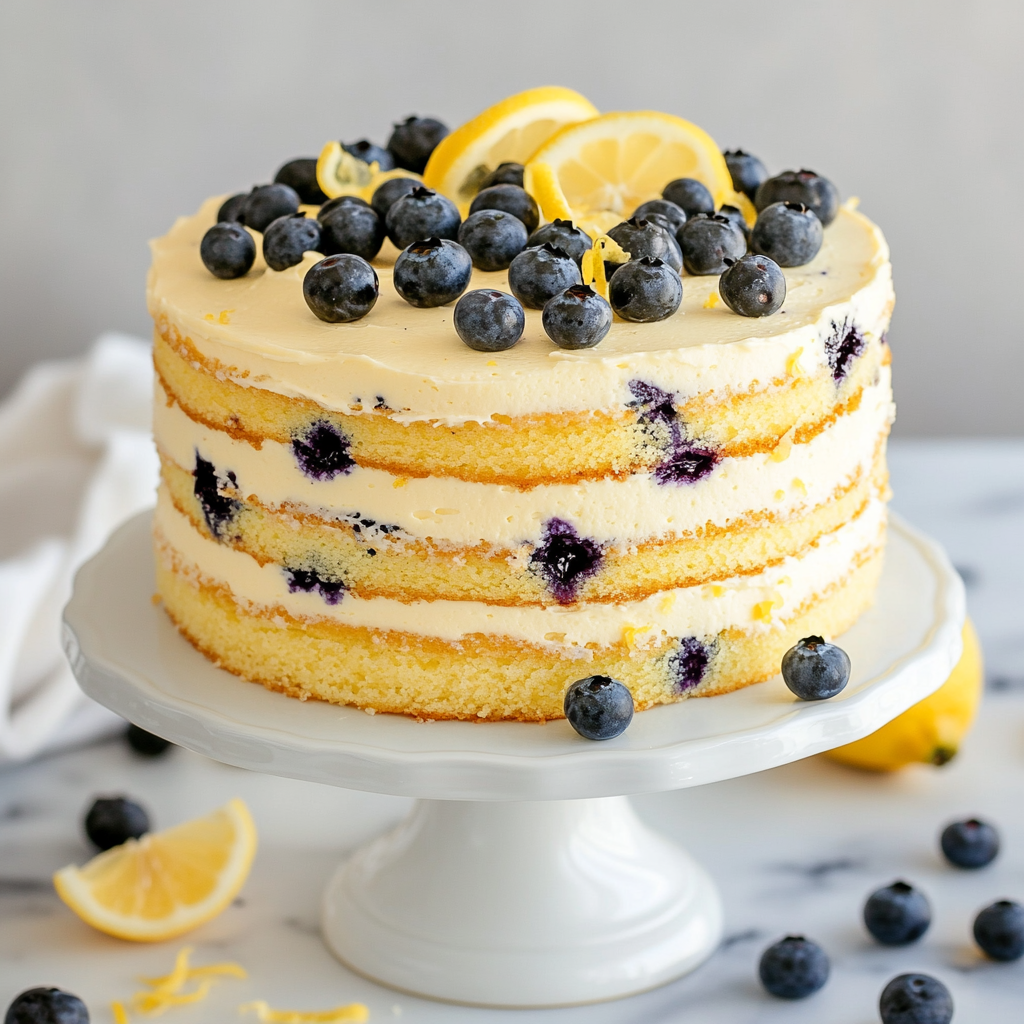A Cozy Slice of Welsh Tradition
There’s something incredibly nostalgic about the scent of butter and spice wafting through the kitchen—and nothing captures that better than a batch of traditional Welsh cakes hot off the griddle. Whether you’re familiar with these delightful little rounds or just discovering them for the first time, get ready to fall in love with a recipe that’s as comforting as it is quick.
I first tried Welsh cakes while on a trip to Cardiff years ago, and I still remember the exact moment: standing in a bustling local market, wrapped in a scarf and holding a warm paper bag filled with sugar-dusted rounds that practically melted in my mouth. Since then, I’ve made them countless times at home, especially when I want something sweet but not overly fussy. They’re simple, homey, and perfect with a strong cup of tea.
The great thing about Welsh cakes is that they come together in just about 20 minutes, using pantry staples you probably already have on hand. They’re lightly sweet, speckled with plump sultanas, and carry just a hint of spice—kind of like a cross between a scone and a pancake, but cooked on the stovetop. Let’s dive in and start mixing!
Ingredients You’ll Need:
-
100g butter, chilled and cubed
-
75g caster sugar
-
225g self-raising flour
-
1 tsp ground mixed spice
-
½ tsp ground cinnamon
-
Pinch of salt
-
1 egg, beaten
-
2–3 tbsp milk (as needed to bind)
-
75g sultanas (or raisins if that’s what you’ve got)
-
Extra caster sugar, for sprinkling
Step 1: Mix the Dry Ingredients
Start by grabbing a large mixing bowl. Sift in your self-raising flour, mixed spice, cinnamon, and that pinch of salt. This blend is what gives Welsh cakes their warm, slightly spiced flavor that makes them stand out from your average scone or biscuit.
Step 2: Rub in the Butter
Now it’s time to get your hands a little messy (in the best way). Add the chilled cubed butter into the dry mix. Using your fingertips, gently rub the butter into the flour until the mixture looks like fine breadcrumbs. You could also use a pastry cutter here, but honestly, I love doing it by hand—it’s therapeutic and gives you more control.
Step 3: Add the Fruit
Stir in the sultanas and make sure they’re evenly scattered throughout the mixture. If you’re a raisin lover or fancy a different dried fruit like currants or chopped dried cranberries, feel free to switch things up a bit. This is a flexible recipe, so make it yours.
Step 4: Bind the Dough
Crack your egg into a small bowl and give it a quick whisk. Pour it into the flour mixture, and then gradually add 2–3 tablespoons of milk until the dough comes together. It should be soft but not too sticky. You don’t want it wet—just enough to hold everything in a smooth ball.
At this point, the dough is ready to roll and the house already smells like you’ve been baking for hours. But hold on—we’re just getting to the fun part.
Rolling, Cooking & Expert Tips
Now that your dough is ready and filled with those sweet little pockets of fruit, it’s time to shape and cook them. Welsh cakes are traditionally griddled rather than baked, which gives them their signature golden crust and soft interior.
Step 5: Roll and Cut
Dust your work surface lightly with flour and roll the dough out to about 5mm (that’s roughly ¼ inch) thick. This thickness gives the cakes a nice balance between crisp edges and a soft, fluffy center. Use a round cutter (around 6cm/2½ inches wide) to cut out your cakes. If you don’t have a cutter handy, a drinking glass works just fine—just dip the rim in flour first so it doesn’t stick.
Gather up any leftover dough, re-roll, and cut again until you’ve used it all up. You should end up with around 12 cakes, depending on the size of your cutter.
Step 6: Time to Cook
Now, let’s get that pan hot. Heat a heavy-bottomed frying pan or griddle over medium-low heat. You don’t want it scorching hot—these little cakes need time to cook through without burning. There’s no need for oil or butter if your pan is non-stick or well-seasoned.
Place the cakes onto the dry pan and cook for about 3–4 minutes per side, or until each side is golden brown and they feel firm to the touch. Keep an eye on them and flip gently using a spatula or fork. Depending on your pan and how evenly it heats, you might need to adjust the temperature slightly as you go.
Step 7: Sugar Sprinkle
Once the Welsh cakes are cooked through and golden on both sides, remove them from the pan and immediately sprinkle them with a little caster sugar while they’re still warm. This step is optional—but trust me, it gives them the perfect sweet finish that makes each bite irresistible.
A Few Extra Tips:
-
Don’t overwork the dough. Treat it gently, like you would biscuit or scone dough, to keep the cakes tender.
-
Add a twist: Fancy a citrusy note? Try adding a bit of orange or lemon zest to the dry ingredients.
-
Make ahead: These store beautifully in an airtight tin for 3–4 days, and they reheat like a dream.
-
Freeze-friendly: You can freeze the uncooked dough rounds between layers of parchment, then cook from frozen—just add an extra minute or two per side.
Honestly, these are one of my go-to recipes for last-minute guests or a spontaneous afternoon tea. They taste best warm, fresh off the pan, but they’re still absolutely lovely the next day, especially with a dab of butter or a spoonful of jam.
FAQ and Final Thoughts
Frequently Asked Questions
1. Can I use plain flour instead of self-raising flour?
Yes, just add 2 teaspoons of baking powder to every 225g of plain flour to make your own self-raising version.
2. What if I don’t have mixed spice?
You can make a simple version by combining equal parts cinnamon, nutmeg, and allspice—or just use extra cinnamon if that’s all you have.
3. Can I make these without fruit?
Absolutely! Just skip the sultanas for a plain version, or try adding chocolate chips or dried cranberries instead.
4. How do I store Welsh cakes?
Keep them in an airtight container at room temperature for up to 4 days. You can also freeze them after cooking—just reheat in a toaster or dry pan.
5. Can I make them dairy-free?
Yes, swap the butter for a dairy-free alternative and use a plant-based milk. They’ll still turn out delicious!
6. What should I serve with Welsh cakes?
They’re perfect on their own, but try them with butter, jam, or even clotted cream for a more indulgent treat.
7. Can I double the recipe?
Yes! This recipe scales up beautifully if you’re feeding a crowd or want to freeze some for later.
Final Thoughts
If you’ve never tried Welsh cakes before, this is your sign to make them. They’re warm, buttery, just the right amount of sweet, and they come together faster than most cookies or cakes. Whether you’re whipping up a batch for teatime, packing a few for a picnic, or just indulging in a cozy weekend bake, these little griddled gems are a true crowd-pleaser.
I’d love to hear how your batch turns out—did you stick with the classic version or add your own twist? Drop a comment, share your thoughts, or tag me if you post them online. There’s nothing better than swapping ideas over a shared love of homemade treats!
What’s your favorite nostalgic bake to enjoy with a cup of tea?
Print
Traditional Welsh Cakes Recipe – Soft, Buttery & Spiced Teatime Treats Ready in 20 Minutes
- Total Time: 20 minutes
Description
These traditional Welsh cakes are a beloved teatime treat from Wales, known for their soft texture, buttery flavor, and gentle spice. Cooked on a griddle rather than baked, they’re golden on the outside and tender on the inside. Made with pantry staples like flour, sugar, butter, and sultanas, this easy recipe comes together in just 20 minutes and is perfect for enjoying with a cup of tea.
Ingredients
-
225g self-raising flour
-
1 tsp ground mixed spice
-
½ tsp ground cinnamon
-
Pinch of salt
-
100g butter, chilled and cubed
-
75g caster sugar
-
75g sultanas (or raisins)
-
1 egg, beaten
-
2–3 tbsp milk (as needed to bind)
-
Extra caster sugar, for sprinkling
Instructions
-
Mix Dry Ingredients: In a large bowl, sift together the self-raising flour, mixed spice, cinnamon, and salt.
-
Rub in Butter: Add cubed butter and rub into the flour using your fingertips until the mixture resembles fine breadcrumbs.
-
Add Fruit: Stir in the sultanas until evenly distributed.
-
Make Dough: Pour in the beaten egg and gradually add milk until the dough comes together. It should be soft but not sticky.
-
Roll & Cut: On a floured surface, roll the dough to 5mm thickness and cut into rounds using a cookie cutter or glass.
-
Cook: Heat a dry griddle or heavy pan over medium-low heat. Cook each cake for 3–4 minutes on each side, until golden brown and cooked through.
-
Sugar Finish: While still warm, sprinkle with caster sugar and serve.
Notes
-
Use a non-stick or seasoned pan—no need for oil.
-
Swap sultanas for raisins, currants, or even chocolate chips.
-
Add lemon or orange zest for extra flavor.
-
Store in an airtight container for up to 4 days or freeze cooked cakes for later.
- Prep Time: 10 minutes
- Cook Time: 10 minutes


